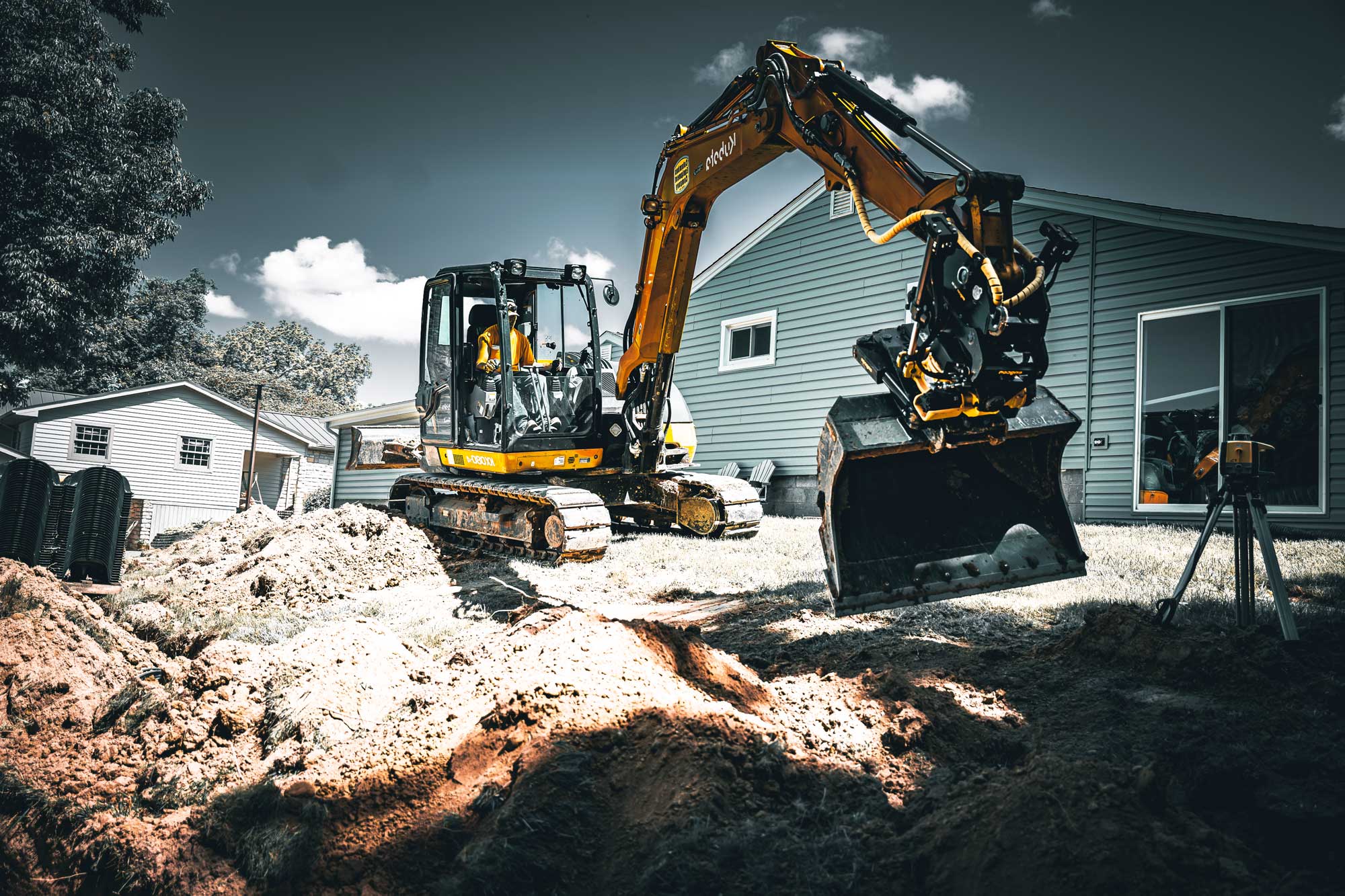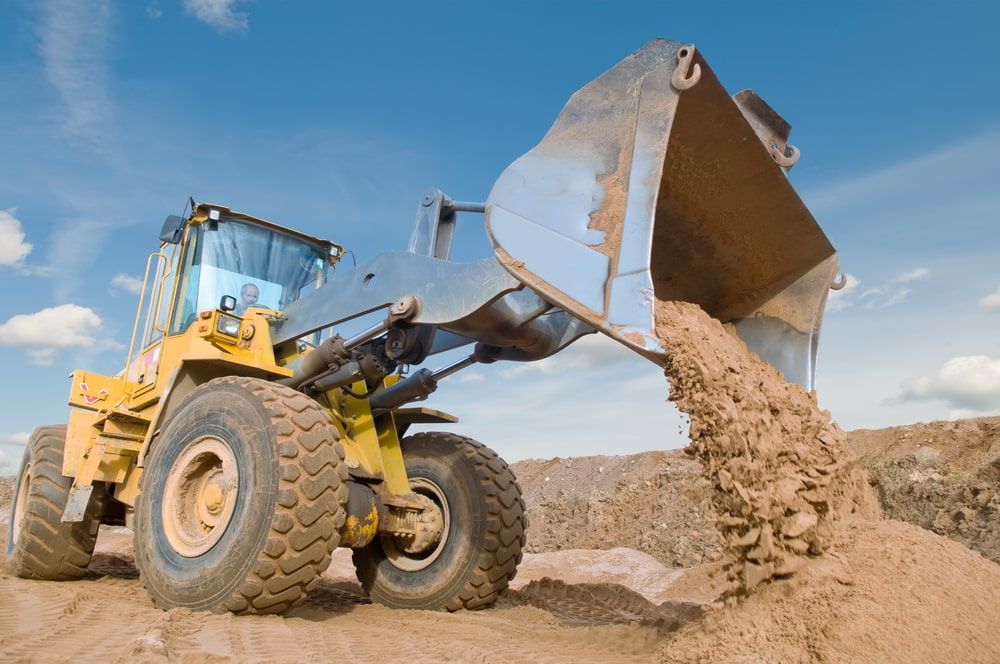Revealing the Art of Excavation: Pro Tips for Safe and Efficient Excavating
In the world of excavation, the mastery of productive and safe excavating is an art kind that calls for precision, understanding, and adherence to recognized practices. As dirt is transformed and earth is moved, the details of excavation disclose themselves, demanding a keen understanding of tools, dirt composition, safety methods, and environmental considerations. The knowledge needed to browse these components successfully can mean the distinction in between a successful excavation task and a possible catastrophe. By deciphering the layers of this complex procedure, a world of insights and strategies waits for those looking for to raise their excavation abilities to brand-new heights.
Value of Correct Equipment
To make certain the safety and effectiveness of any type of excavation job, using the appropriate equipment is critical. Excavation tasks differ in extent and complexity, varying from little property landscape design tasks to massive building and construction tasks.
These versatile machines come in numerous sizes to fit different task demands. Tiny excavators are suitable for smaller sized tasks, while larger excavators take on much more extensive tasks effectively.
Aside from excavators, various other vital equipment includes dump vehicles, bulldozers, and plates. Unload trucks are crucial for eliminating and transferring excavated products, while trenchers are utilized for excavating narrow and deep trenches. Bulldozers master tasks that need pressing large amounts of soil or particles. By purchasing the suitable equipment, excavation jobs can be completed securely, on schedule, and with accuracy.
Recognizing Dirt Make-up
A thorough understanding of dirt make-up is fundamental for implementing excavation tasks with accuracy and safety and security. Recognizing the various kinds of soil is vital as it straight influences excavation approaches, devices choice, and total job efficiency.
Sand particles are the largest and give excellent drainage however provide little cohesion. Silt particles are smaller sized than sand however bigger than clay, supplying modest water drainage and cohesion. Clay bits are the smallest and provide high communication yet inadequate water drainage. Raw material, such as decomposing plant material, affects soil fertility and stability.
Prior to beginning excavation, conducting dirt examinations to determine its composition and characteristics is essential. This details assists in selecting the ideal tools, applying precaution, and creating excavation methods tailored to the details dirt problems - lancaster trenching. By understanding dirt composition, excavation specialists can improve job outcomes while making sure safety and adherence to finest techniques
Precaution and Methods
Recognizing soil structure is the keystone upon which security procedures and methods for excavation projects are developed, making certain the wellness of workers and the success of the undertaking. There are several key measures that should be applied to reduce dangers and protect against accidents. when it comes to security during excavation.
Most Full Article importantly, before any digging begins, a thorough evaluation of the site must be performed to recognize any potential risks such as underground utilities, unstable dirt problems, or nearby structures that could posture a danger. It is important to have an experienced individual look after the excavation procedure to guarantee that all safety and security methods are adhered to purely.
Moreover, all workers included in the excavation has to be properly learnt risk-free excavating practices and the appropriate procedure of tools. Individual safety equipment (PPE) such as construction hats, high exposure clothes, gloves, and security boots must be put on at all times to decrease the danger of injuries. lancaster trenching. Regular safety meetings and toolbox talks should likewise be carried out to maintain all employees notified regarding potential hazards and enhance secure job techniques. By sticking to these safety and security procedures and procedures, excavation jobs can be completed effectively and without event.
Reliable Excavation Planning
When beginning on an excavation project, careful planning is important to make certain effectiveness, safety and security, and successful end results. Efficient excavation preparation includes numerous crucial actions that are important for the smooth implementation of the job.
As soon as the site evaluation is full, the next action is to develop a clear timeline and schedule for the excavation tasks. This includes establishing the series of jobs, devices needs, and workforce appropriation. Proper scheduling aids avoid hold-ups and makes certain that the job remains on official website track.

In addition, interaction amongst all employee is critical during the planning phase. Clear directives, routine updates, and reliable control are crucial for an effective excavation job. By spending effort and time in careful preparation, excavation groups can dramatically boost performance, decrease risks, and attain effective outcomes.

Handling Ecological Considerations
With boosting emphasis on ecological sustainability in construction practices, handling environmental factors to consider has come to be a vital element of excavation tasks. Excavation tasks have the potential to affect the surrounding atmosphere through soil disintegration, debris drainage, environment disturbance, and contamination of water sources. To alleviate these dangers, it is vital to execute finest practices that focus on environmental security.

In addition, proper waste monitoring is important to stop soil and water contamination. Implementing treatments for the disposal of harmful products, recycling of waste materials, and decreasing the usage of unsafe chemicals can significantly lower the environmental influence of excavation jobs. By incorporating these techniques right into excavation preparation and execution, building companies can guarantee that their projects are not only safe and efficient yet likewise environmentally liable.
Final Thought
In verdict, mastering the art of excavation requires a complete understanding of correct tools, soil composition, safety and security steps, and reliable planning. By complying with these standards and considering ecological factors, excavations can be conducted safely and successfully. It is vital to focus on safety and security and productivity in every digging task to make certain effective next end results.
As soil is transformed and planet is moved, the complexities of excavation expose themselves, requiring a keen understanding of equipment, soil structure, safety and security procedures, and ecological considerations.To ensure the safety and security and efficiency of any kind of excavation task, utilizing the suitable devices is vital.An extensive grasp of soil make-up is basic for performing excavation tasks with accuracy and security. Comprehending the different kinds of dirt is important as it directly influences excavation techniques, equipment choice, and general project efficiency. By understanding dirt make-up, excavation experts can enhance task end results while making certain security and adherence to best practices.